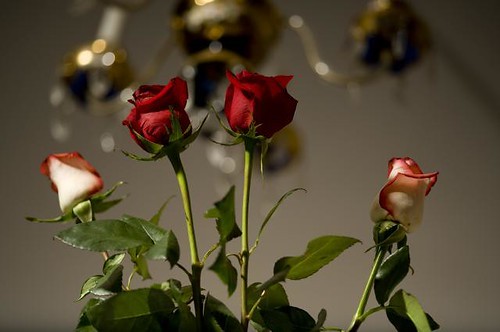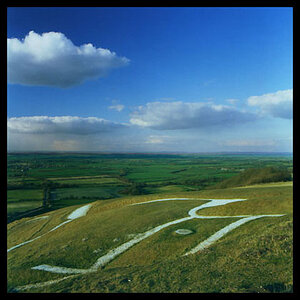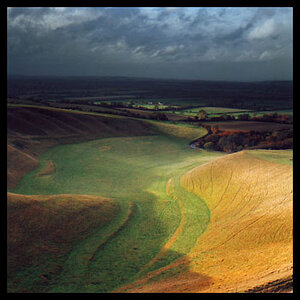Baaaark
TPF Noob!
- Joined
- May 27, 2009
- Messages
- 414
- Reaction score
- 0
- Location
- North or South Pole... it depends
- Can others edit my Photos
- Photos OK to edit
If a camera has a 1/200 flash sync, does that change whenever you buy a hotshoe flash, or is it the same no matter what flash you use?
If its built into the camera no matter what flash (like I think), does this mean that the D-40s 1/500 is a really big deal? Like if you are doing portrait photography (senior photos, babies, models, etc.), this would be a HUGE asset to have over a camera that only has 1/200 flash sync?
I don't really know. Without ever having had a DSLR, I don't really know what instances would require that high of a flash sync. I do know I'm a big fan of good lighting, though.
If its built into the camera no matter what flash (like I think), does this mean that the D-40s 1/500 is a really big deal? Like if you are doing portrait photography (senior photos, babies, models, etc.), this would be a HUGE asset to have over a camera that only has 1/200 flash sync?
I don't really know. Without ever having had a DSLR, I don't really know what instances would require that high of a flash sync. I do know I'm a big fan of good lighting, though.




![[No title]](/data/xfmg/thumbnail/40/40285-2ce5915035c220ccb3485030863b62d0.jpg?1619739408)
![[No title]](/data/xfmg/thumbnail/40/40287-4f839095000f74d779b90ed75df9dc62.jpg?1619739408)
![[No title]](/data/xfmg/thumbnail/38/38262-10a9668da9a2b36a92cddde57caf87bc.jpg?1619738547)
![[No title]](/data/xfmg/thumbnail/41/41900-d02b27da6248f10da25edf2413570222.jpg?1619739936)
![[No title]](/data/xfmg/thumbnail/42/42486-757c2978c4ecfb0e9dbfca10a0e2d240.jpg?1619740196)


![[No title]](/data/xfmg/thumbnail/38/38265-4b75e7e05f8bf906800580ac7f7ddf60.jpg?1619738549)
![[No title]](/data/xfmg/thumbnail/38/38261-db20f6f92ee8f0d4c5cf1536e308638b.jpg?1619738546)


![[No title]](/data/xfmg/thumbnail/41/41902-e45a2db116295062060b22cde75818ed.jpg?1619739939)